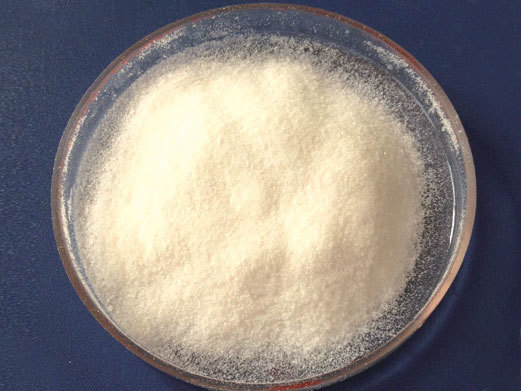Chile's copper production decreased by 5.4% in February 2025 compared to the same period last year.
Published:
2025/04/03
Chile's National Institute of Statistics (INE) released new data showing the country's copper production plummeted 5.4% year-on-year to 397,396 metric tons in February 2025, with a significant month-on-month decline as well. This downturn reflects both the immediate impact of a nationwide blackout on February 25 that disrupted mining operations, as well as deeper structural challenges facing Chile's copper industry - including declining ore grades and aging infrastructure.
In the early hours of February 25th, transmission towers collapsed in northern Chile during the worst sandstorm in a decade, plunging 98% of the country into darkness. At the control center of Escondida—the world's largest copper mine—the $1.2 billion autonomous haulage system ground to a halt due to voltage instability, forcing miners to dust off manual operation manuals unused for twenty years.
"Just five minutes of power outage can ruin an entire batch of cathode copper in precision temperature-control systems," revealed Carlos Vidal, the mine's technical supervisor. At this facility, 32,000 metric tons of electrolytic copper were downgraded to substandard quality due to crystallization defects, resulting in direct losses exceeding $280 million. Although power was restored by the evening of the 26th, data from Chile's Copper Commission (Cochilco) shows it took 11 days for full production resumption nationwide, with daily losses reaching $115 million. The incident exposed a critical vulnerability in smart mining: the higher the degree of automation, the deeper the dependence on grid stability.
Data from Chile's Copper Research Center reveals that production costs at the country's major mines have skyrocketed by 217% since 2015, while copper output per ton of ore has fallen below 0.9 kilograms. To maintain production levels, mining companies are being forced to squeeze every last resource: Antofagasta PLC is allocating 37% of its budget to reprocessing tailings abandoned since the 1990s, while state-owned Codelco has even launched "hell-level" exploration projects reaching 2,000 meters underground.
The crisis has hit at a critical juncture in the global energy transition. Each electric vehicle requires 83 kg of copper—four times more than combustion engine cars, while a single offshore wind farm consumes copper equivalent to power grids serving 100,000 households. With Chile, representing 28% of global copper supply, now "stalling," the resulting shockwaves across supply chains are proving far more severe than anticipated.
China's February copper concentrate imports from Chile plunged 11%, forcing smelters to cut production, while EU companies turned to the Democratic Republic of Congo for "ethical copper" only to become embroiled in conflict mineral disputes. In response, LME copper futures surged past $10,485/ton to hit a 2025 peak. The IEA warns the global copper deficit may reach 840,000 tons in 2025 - equivalent to idling 120 mid-sized copper mines.
keywords
CONTACT
HK EXPORTA LIMITED
OUR INFO
Add: Unit A7, 12/F, Astoria Building, 34 Ashley Road, Tsim Sha Tsui, KL
E-mail: seanyu@hkexporta.com
Open positions
For any general inquiries, please fill in the following contact form:



